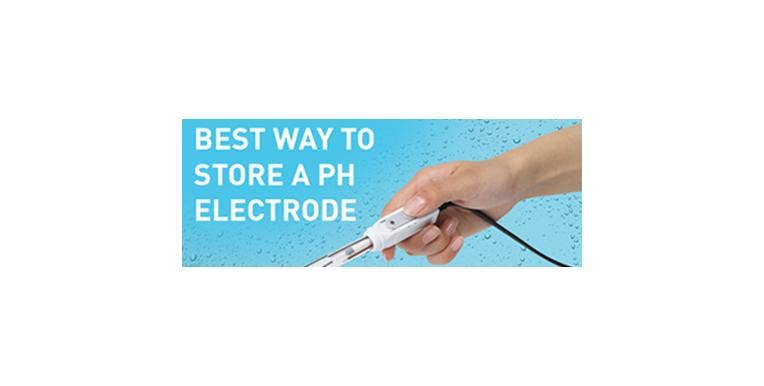Storing a pH electrode: The Correct Way
Correct storage of your pH probes can substantially increase the longevity of the probe saving you time, effort, and money. Here are a few points on how to get the most out of your probes.
First, you should make sure you always keep your pH electrode moist, the best solution to submerge the probe for long and short term storage is 4M Potassium Chloride Solution (KCl). When Potassium Chloride Solution is not available, revert to pH 4 or 7 buffer solution. Potassium Chloride Solution (also known as pH Storage Solution or Electrode Storage Solution) is available from most laboratory suppliers including Westlab.
It is also important that you do not store the pH electrodes in distilled or deionised water as this has little to no ions present and will cause the ions to leach out of the glass bulb and will render your electrode useless.
After storage, you may notice white Potassium Chloride crystals forming outside your electrode. This is normal and will not interfere with measurements. If this has occurred, gently wash the electrode with tap water and blot dry before use being careful not to put pressure on the electrode
Most electrodes are shipped with a protective cap over the glass bulb to help prevent damage in transit. Remove the rubber cap prior to using your electrode. Keep your electrode in long-term storage with the cap on, just fill the cap with enough 4M Potassium Chloride Solution to cover the glass bulb and replenish often to keep the bulb moist. Alternatively, soak a small piece of sponge in the storage solution and insert into the cap. This will provide additional protection for the bulb and retain the moisture for an extended period of time.


